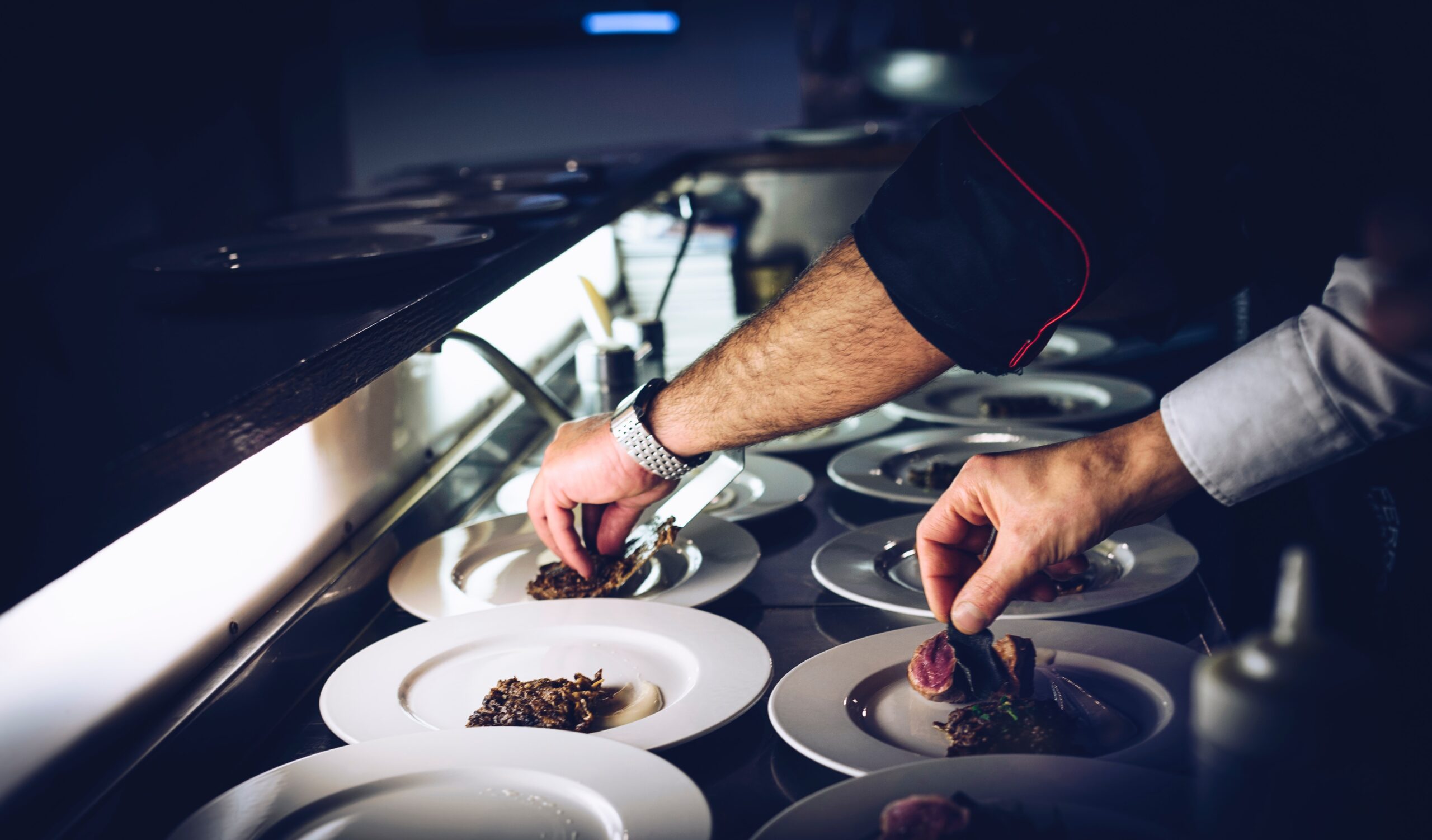Introduction:
Jiu Jitsu, the martial art of subtlety and technique, has seen an explosive increase in popularity in recent years. Whether you’re looking to build confidence, improve physical fitness, or cultivate self-defense skills, finding a Jiu Jitsu class near you can be the beginning of a transformative journey. In this article, we will explore how to locate and choose the right Jiu Jitsu dojo in your vicinity that aligns with your goals, skill level, and personal interests.
Understanding Jiu Jitsu
Jiu Jitsu, often translated as “the gentle art,” hails from Japan but has been greatly influenced and popularized by the Brazilian variation, known as Brazilian Jiu Jitsu (BJJ). This martial art focuses on ground fighting and grappling techniques, promoting the concept that a smaller, weaker individual can successfully defend against a bigger and stronger assailant by employing leverage, joint-locks, and chokeholds.
Identifying Jiu Jitsu Dojos
To start your search for “jiu jitsu near you,” the internet can be an invaluable resource. A simple online search can yield a list of nearby Jiu Jitsu schools, academies, and fitness centers that offer classes. Additionally, local community boards, martial arts forums, and social media can provide recommendations and reviews from fellow enthusiasts who have firsthand experience with the classes you’re considering.
Evaluating the Right Fit
Once you’ve identified potential training spots, the next step is to evaluate which is the right fit for you. Consider visiting the locations to get a feel for the environment and community. Many dojos offer a free trial class, which can give you a sense of the teaching style, class structure, and fellow students. Pay attention to the qualifications and experience of the instructors, the class schedule’s flexibility, and the cleanliness and maintenance of the facilities.
Programs and Curriculum
A reputable Jiu Jitsu academy will have a structured curriculum that caters to different experience levels, from beginner to advanced. Look for programs that offer a clear pathway for progression, with opportunities for regular promotion and recognition of skill advancement. Whether your focus is on self-defense, competition, physical fitness, or just recreational practice, ensure the academy’s curriculum aligns with your personal goals.
Community and Culture
The culture of a Jiu Jitsu dojo is an essential factor to consider. A welcoming and supportive environment is crucial to your development and enjoyment of the martial art. Seek out academies that foster a sense of community, where the more experienced practitioners mentor newcomers and where mutual respect is the cornerstone of every interaction. A positive culture encourages consistent practice and helps maintain motivation over time.
Safety and Respect
Safety should be a top priority when practicing any martial art. A good Jiu Jitsu dojo will have safety protocols in place, such as supervised sparring, proper use of mats, and guidelines for respectful conduct. Instructors should also be attentive to the physical limits of their students and encourage a culture where it’s okay to tap out without judgment. This respect for safety and boundaries will ensure a healthy and long-lasting practice.
The Benefits of Local Training
Training Jiu Jitsu at a local dojo offers numerous benefits. Proximity allows for more frequent training, which is essential for skill retention and improvement. It also provides the opportunity to build lasting relationships with fellow practitioners in your community. Furthermore, participating in local seminars, workshops, and tournaments can enhance your learning experience and offer additional motivation to excel in your practice.
Conclusion:
Finding “jiu jitsu near you” can mark the beginning of an incredibly rewarding journey. With careful consideration of the factors outlined above—from the qualifications of instructors to the culture of the dojo—you can choose a local Jiu Jitsu academy that meets your needs and supports your growth as a martial artist. Remember, the perfect academy for you is one that not only teaches effective techniques but also instills the philosophies and values that Jiu Jitsu represents. Take the leap and start your search today; the path to mastery awaits.

















